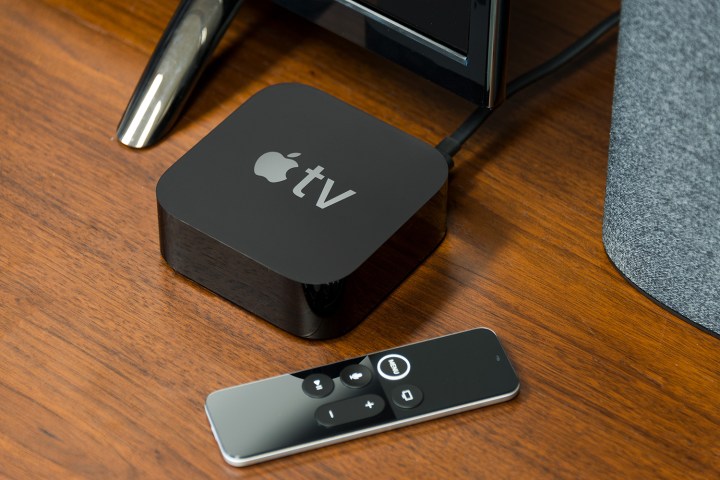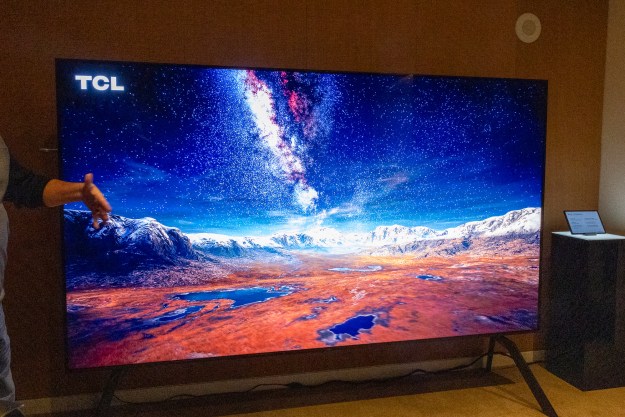
Unfortunately, there was one nagging issue we just couldn’t move past (in addition to the streamer’s lofty price point). The Apple TV 4K automatically forces HDR-capable televisions into HDR mode, which is awesome if you’re watching HDR-optimized content, but not so awesome when you’re watching pretty much anything else. Since the vast majority of movies and TV shows on most popular streaming platforms aren’t currently available in HDR, this led to some noticeable detail clipping and dimming issues. The Apple TV also automatically converted content to 60 frames per second (fps), which produced some annoying judder effects at times.
Today, Apple announced that the next Apple TV update — tvOS 11.2 — will fix this problem by adding a new “match content” menu in the Settings app, which does exactly what you’d expect, matching frame rate and dynamic range (SDR vs. HDR10 vs. Dolby Vision) when streaming video from any compatible app. Users can actually set frame rate matching and dynamic range matching individually within the options. We don’t yet know which apps will be compatible.
The system will still default to 60 fps and Dolby Vision HDR with content matching activated (head here for the nitty-gritty details), but you can go a step further and select specific combinations (i.e., 60 fps SDR or 30 fps
We don’t yet know when tvOS 11.2 will arrive, so we can’t draw any real conclusions yet. Right now, if you’re on the fence about which 4K streamer to buy, we’d suggest the Roku Ultra or the Roku Streaming Stick+. That said, the Apple TV 4K has a lot of potential, and for those with iPhones and Mac computers, it can certainly be a valuable addition to your home ecosystem. We’ll make sure to update all our coverage once the patch goes live.
Editors' Recommendations
- What we want to see from the next Apple TV 4K
- Samsung’s new 98-inch DU9000 4K TV is just $4,000. Can it beat TCL and Hisense?
- Let’s discuss an Apple TV 4K with a camera
- Hands-on with the Belkin iPhone Mount with MagSafe for Apple TV 4K
- Belkin drops a $50 mount for iPhone video calls on Apple TV 4K


